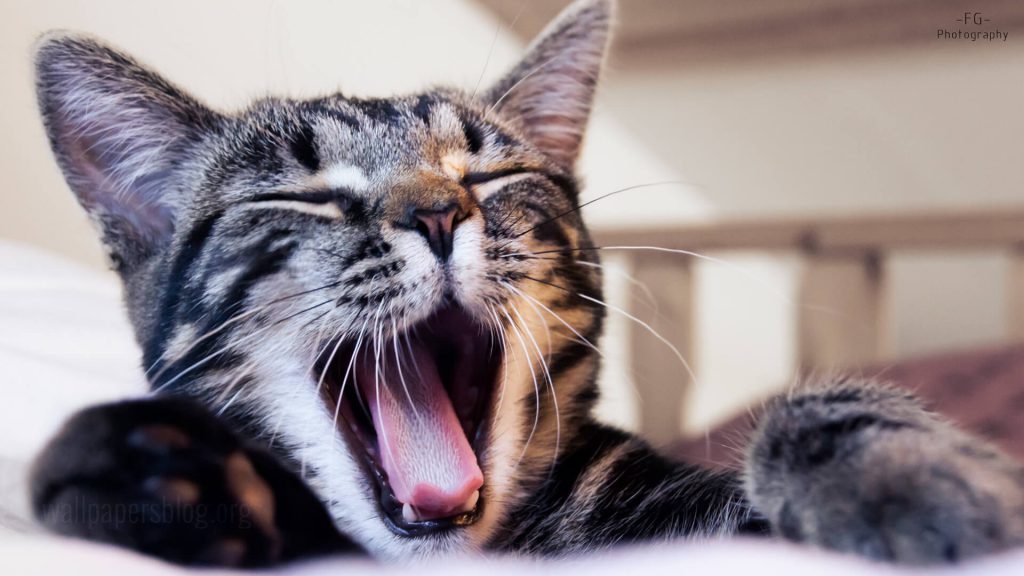
Brushing Your Cat’s Teeth the Right Way (5 Steps)
We’ve all smelled our kitty’s breath when it wasn’t as “fresh” as it could be — when the smell of fishy cat food became a just a bit unbearable. That smell can be a sign of periodontitis, or dental disease, in your cat. And the bacteria that cause dental disease are the same bacteria that can travel throughout your kitty’s system to cause lung, heart and kidney problems.
Keeping your cat’s mouth and teeth healthy can be as simple as having regular dental checkups with your veterinarian and brushing those teeth at home. With a few simple instructions, you can add years to the life of your pet.
The Right Way to Brush a Cat’s Teeth
You can purchase a cat-sized dental brush at your veterinary clinic, online or at a pet store. These toothbrushes are typically smaller, softer and more flexible than dog toothbrushes. You can also use a soft, rubber brush that fits over your first finger if that is more comfortable for you.
You’ll need to buy some feline toothpaste. Manufacturers know that cats love the smell and taste of fish, so they flavor the toothpaste with either fish or chicken to make it more palatable for your cat. Note: Never use human toothpaste with your pet, because it contains chemicals that may be harmful to her digestive system.
Here’s a good five-step brushing process:
- Hold your kitty in your lap and let her get comfortable.
- Once she is relaxed, gently raise her lip on one side of her mouth and begin brushing on the outer portions of her teeth. Always brush down away from the gum line so that you loosen any embedded food particles and push them out of the mouth.
- On the bottom jaw, brush up away from the gum line. You may need to open her mouth by gently pinching her two cheeks between your two fingers, but cats will generally open up on their own once they taste the toothpaste.
- Continue working your way around the outside of her teeth on both sides until you have brushed the entire mouth.
- You don’t need to rinse her mouth with anything at this point because the toothpaste is made to be eaten — there are no chemicals that can hurt her tummy. Allow her access to her water bowl once you’re finished.
When Do I Brush?
Brushing daily is the best way to ensure that your cat’s mouth stays as disease-free as possible. However, even brushing a couple of times a week will cut down on the buildup of bacteria.
If you have a new kitten in the household, begin brushing now while she’s still little. Not only will it help to acclimate her to the process of brushing, but also starting early can keep her from having dental issues as she matures.
What If the Cat Resists?
If she resists sitting in your lap for the brushing, you may need to resort to wrapping her in a towel like a burrito to accomplish the job. I don’t recommend this if she’s an older cat or if she has any health issues, as you don’t want to overstress her.
If wrapping her is not an option, try just brushing two or three teeth at a sitting until you get them all cleaned, spreading out the process over a couple of days.
Brushing your cat’s teeth the right way can help keep her happy and healthy — but you’ll still need to see your veterinarian for regular dental checkups and possible veterinary cleanings.



